10 foods from your local Russian store you've GOT to try
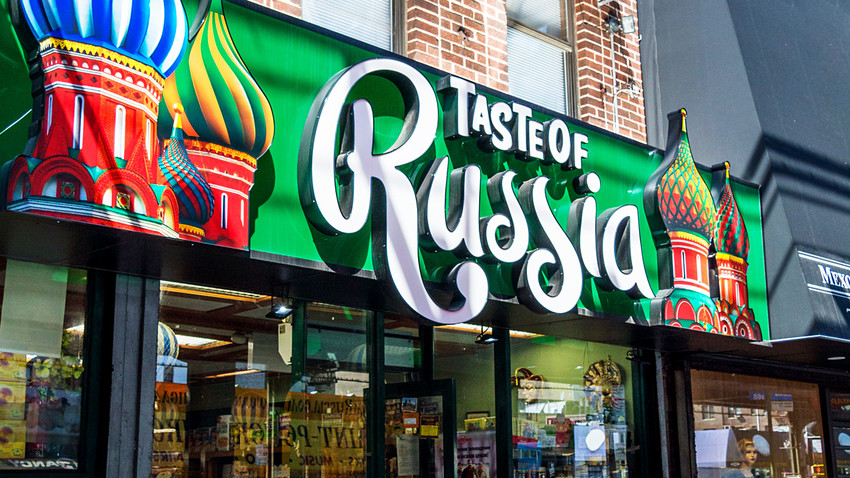
Want to learn about Russian food? The Russian supermarket in your city is a great starting point. We bet you’ll find lots of delicious things there!
1. Sunflower seeds
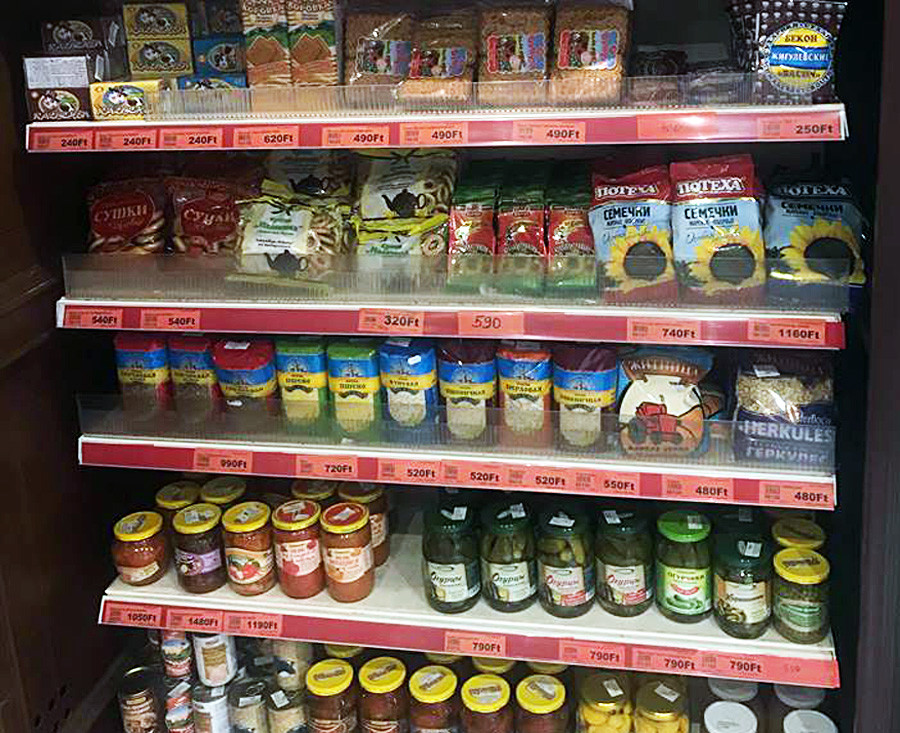
The Arbat store, Budapest.
Maria Stambler2. Vareniki
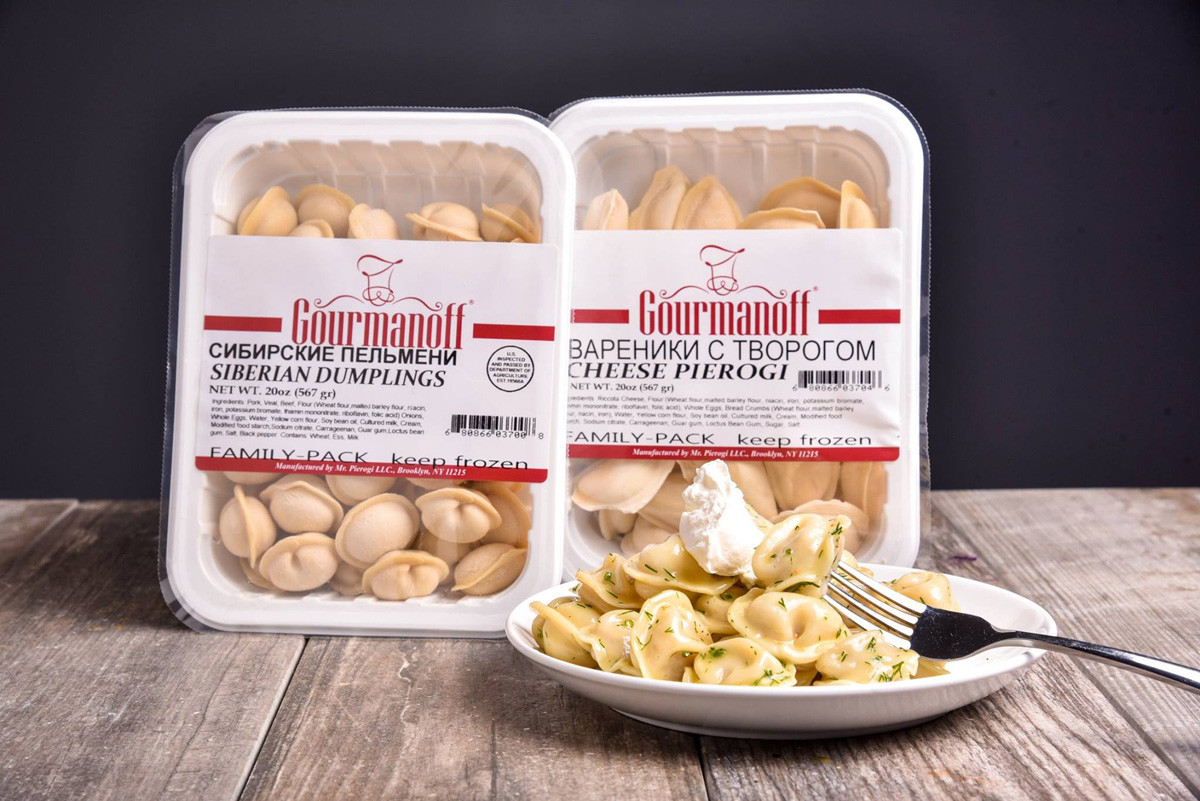
The Gourmanoff store, New York.
GourmanoffThis is one type of dumpling. But what is the difference betweenvareniki andpelmeni? Well, pelmeni use raw fillings (usually meat or fish), while vareniki are stuffed with ingredients that are already cooked. The most popular fillings are cherries, tvorog, potatoes, mushrooms, and minced meat. One way to tell them apart is that vareniki are traditionally made in the shape of a semicircle. Like pelmeni, vareniki go great with sour cream. Sweet dumplings can also be served with jam, while savory ones go well with fried onions.
3. Plombir ice cream
If you like ice cream, then you definitely need to try the legendary Russian Plombir. The technology for manufacturing it was actually brought over from France, but somehow Plombir became most popular in Russia and the former Soviet Union. Made from rich cream and butter, Plombir is an extremely rich and fatty ice cream. And so, as you can guess, it’s also delicious. Oftentimes, it is packed into waffle cones or briquettes, sometimes with berry filling or covered in chocolate.
4. Kvas in briquettes
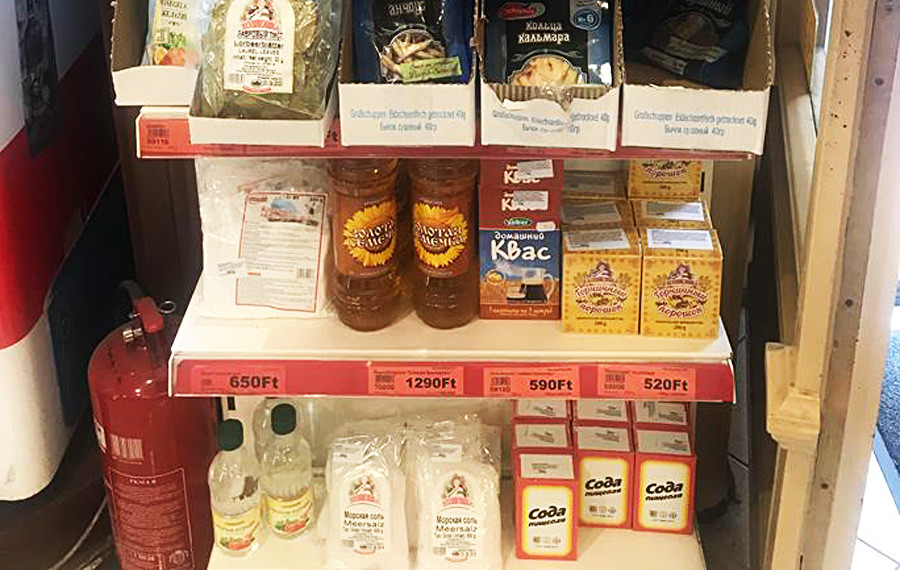
The Arbat store, Budapest.
Maria StamblerYou may know that in Russia there is a drink called kvas, which is made from rye bread. It tastes like a very low-alcohol beer and is perfect for quenching your thirst on a hot day. Homemade kvas takes lots of time because you have to filter breadcrumbs, but a dry starter makes the process much easier.
5. Chocolate
It’s not an exaggeration to say that chocolate is one of the pillars of Russian cuisine. The mass production of chocolate began here in the 19th century, and kids have been eating it ever since. Many pre-revolutionary factories are still in operation, keeping the traditions alive while making chocolate under new brand names. What kind of candy is best to try? There’s no easy answer. Everything, really. Maybe start with Clumsy Bear, but don’t forget about Kara-Kum and Little Red Riding Hood!
6. Tvorog
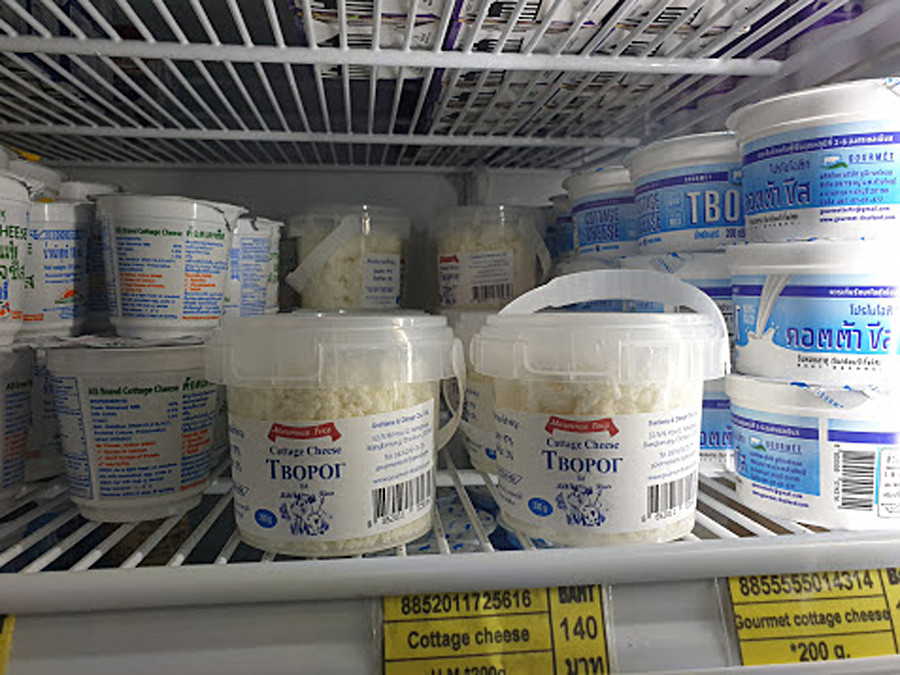
The Food Mart store, Pattaya.
Tatyana Kurtova.To
7. Caviar
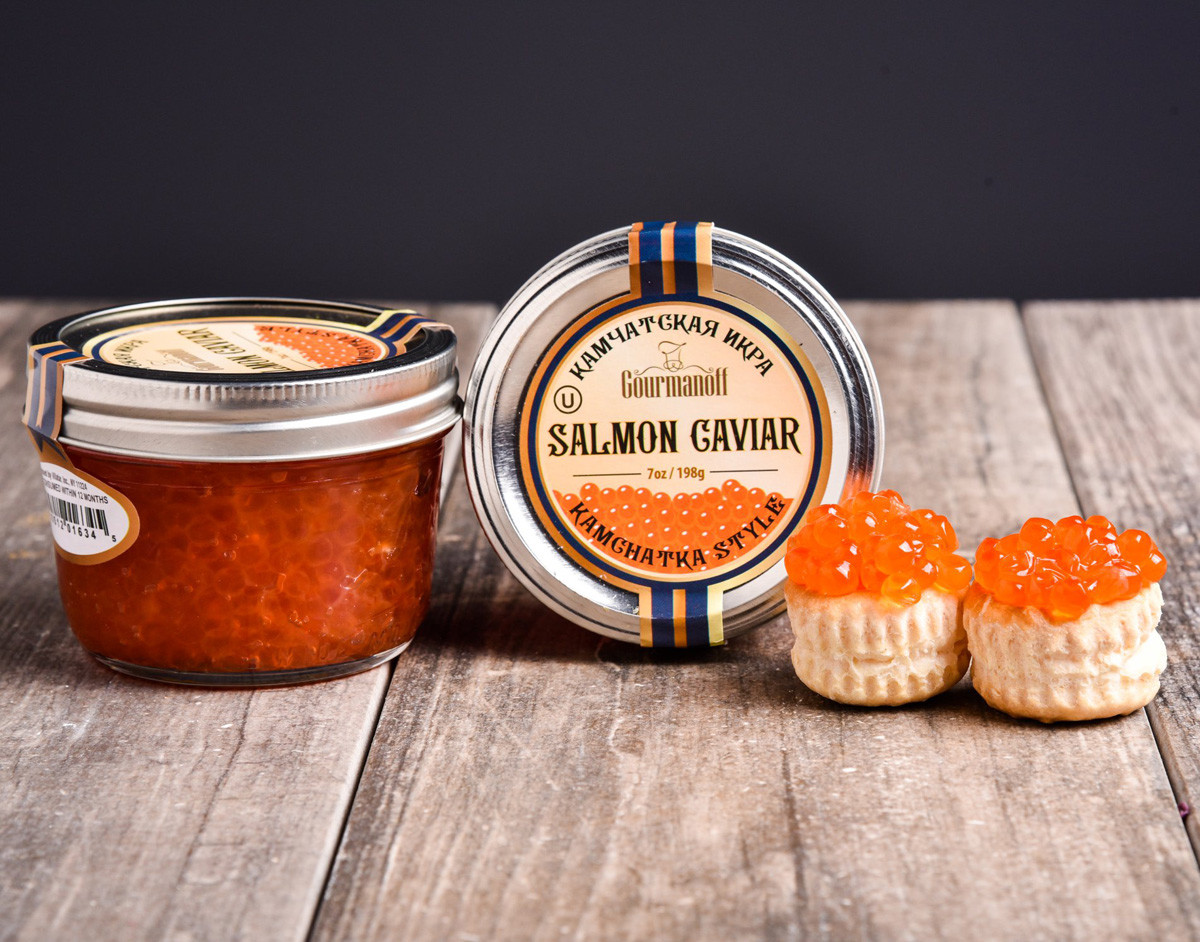
The Gourmanoff store, New York.
GourmanoffOne of the main delicacies of Russian cuisine can be easily found in any Russian store abroad. Red and black caviar is the very essence of a New Year's feast in Russia. To eat it like a Russian, make a sandwich with wheat bread and butter, try filling pancakes with it or simply eat it on its own with a spoon.
8. Pickles
Fermented products are in vogue now as health foods, but Russians have a long tradition of preserving food this way. Of course, you can pickle cucumbers or tomatoes yourself. It’s not that difficult! But who wants to wait until they’re ready when you can just pick up a jar and dig right in?
9. Halva
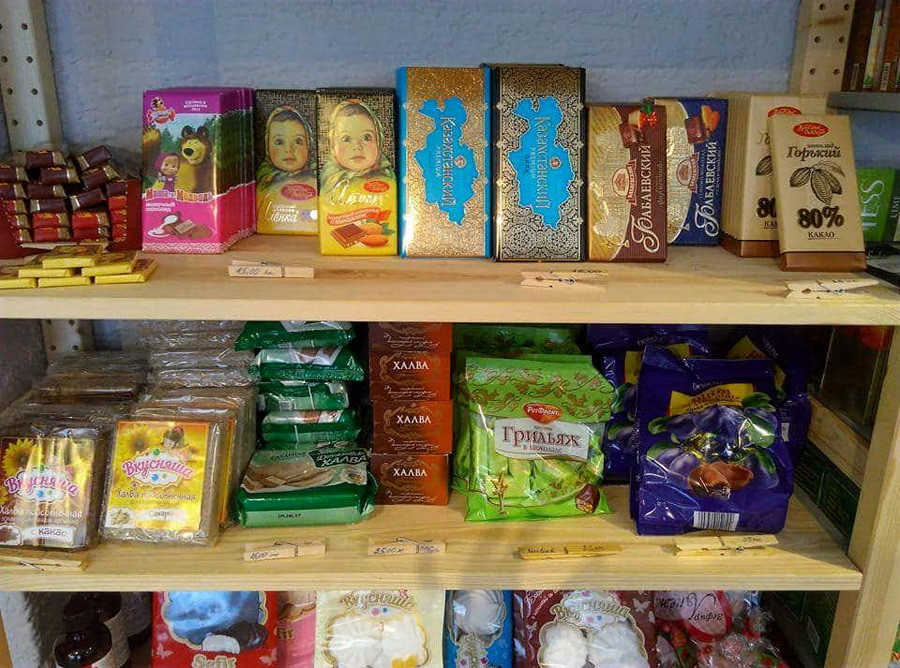
The Russian store in Zagreb.
Maria GrigoryanThis Middle Eastern dessert came to the Russian Empire in the early 20th century and quickly became a part of Russian cuisine. Russian halva is a bit different though. It is traditionally made from sesame seeds, but in Russia (no surprise!) it is most often made from sunflower seeds. Halva is sold by weight, in briquettes or covered with chocolate.
10. Russian soda
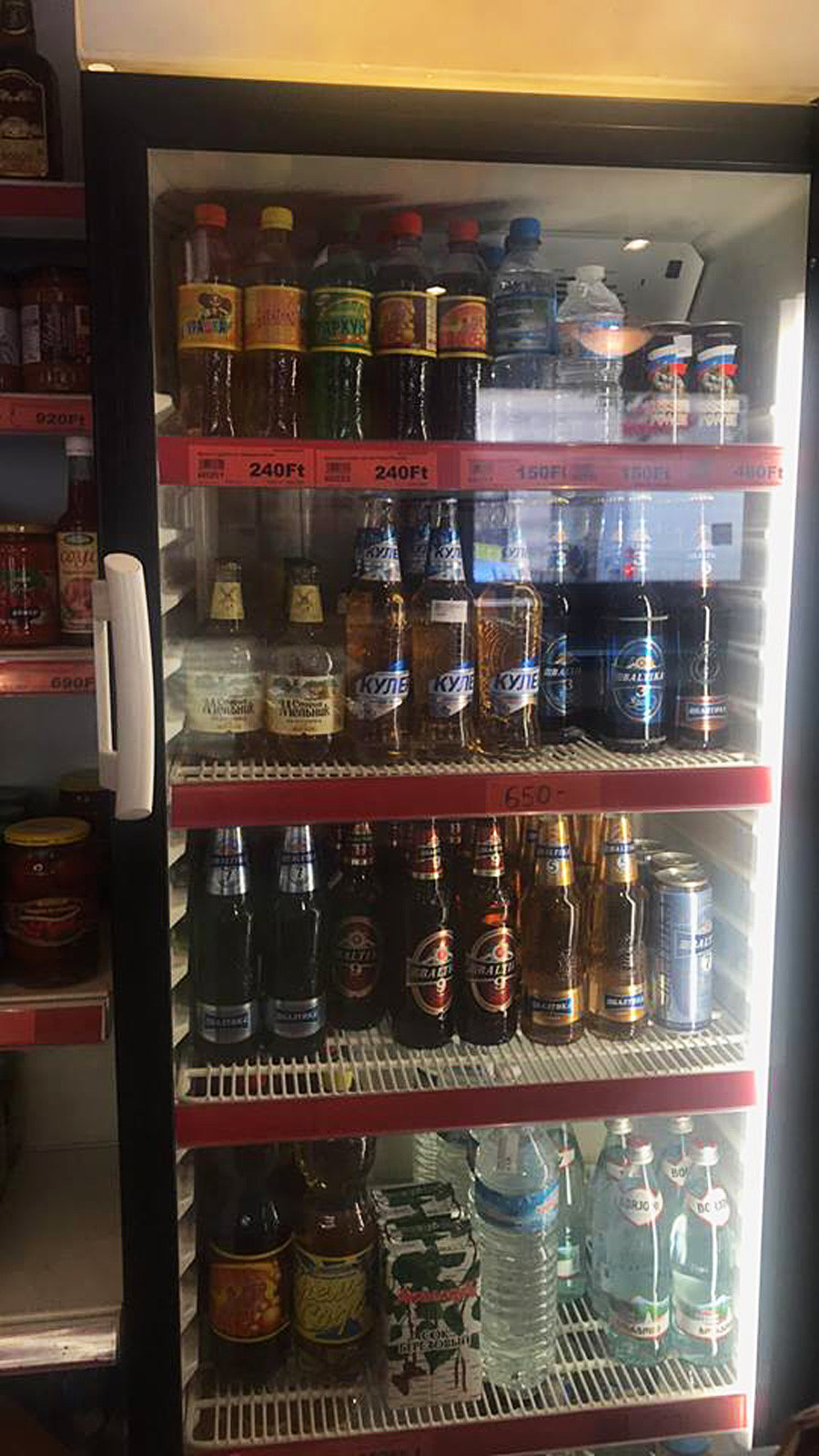
The Arbat store, Budapest.
Maria StamblerIf using any of Russia Beyond's content, partly or in full, always provide an active hyperlink to the original material.
Subscribe
to our newsletter!
Get the week's best stories straight to your inbox